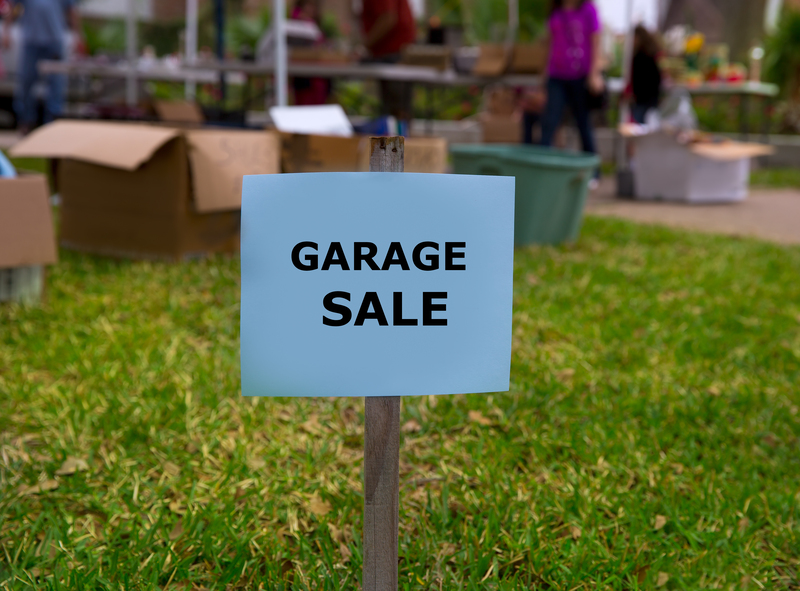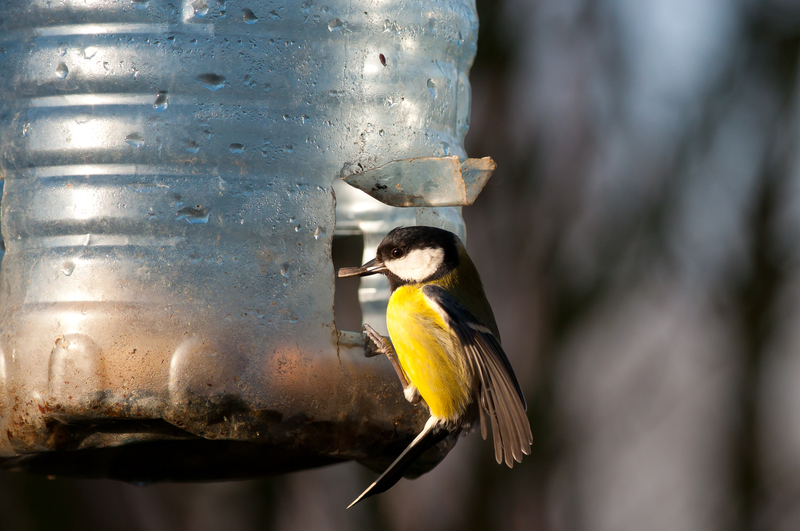Uncovering the Path of Plastic as It Goes Through Recycling Facilities
Plastic--so versatile, yet so problematic--has become an integral part of modern-day living. As the world seeks solutions to the mounting plastic waste crisis, understanding how plastics move through the recycling process becomes crucial. This article delves deep into the intricate journey plastics embark upon once discarded, unraveling each phase within recycling facilities and beyond.

The Importance of Plastic Recycling
Plastics are commonly used for packaging, household goods, electronics, automotive parts, and more. However, their durability and resistance to decomposition pose environmental threats. *Plastic recycling* is an essential element of sustainable waste management, offering several key benefits:
- Reduces landfill waste: Recycling diverts plastics from overflowing landfills.
- Conserves natural resources: Recycled plastic results in less reliance on fossil fuels.
- Energy savings: Producing plastics from recycled materials is less energy-intensive than creating new products from raw materials.
- Decreases pollution: Proper recycling minimizes air, water, and soil pollution caused by plastic waste.
Yet, the path from the recycling bin to a new product is more complicated than most people realize. The journey of recycled plastic encompasses sorting, cleaning, processing, and manufacturing steps--each with technical and logistical challenges.
Step 1: Collection - Where the Journey Begins
The recycling journey starts the moment post-consumer plastic waste is placed in a recycling bin. Collection methods vary depending on local systems:
- Curbside collection via regular municipal pickups
- Drop-off centers located in communities
- Deposit-refund systems for bottles and containers
Once amassed, plastics are transported to specialized Materials Recovery Facilities (MRFs). Effective collection is the critical first step ensuring plastics can continue on their recycling path.
Step 2: Initial Sorting and Separation at the Facility
The variety of plastics creates a sorting challenge. Each type, denoted by a resin identification code (numbers 1 through 7 within the triangle symbol), requires different handling. Here's how sorting unfolds:
Manual Sorting
Facility workers visually identify and remove non-recyclables and contaminants. They separate items based on color, shape, and resin codes, ensuring only recyclable plastic continues onward.
Mechanical Sorting Technologies
- Conveyor belts move materials through screening stations.
- Magnets and eddy currents extract metals and other non-plastic items.
- Optical scanners use near-infrared sensors to distinguish plastics by chemical composition.
- Air classification sorts lighter plastics from heavier waste streams.
Proper sorting is vital because mixing incompatible plastics reduces recycled plastic quality, leading to operational inefficiencies and lower-quality end products.
Step 3: Washing and Contaminant Removal
Post-sorting, plastic materials move to a washing stage aimed at removing contaminants, such as:
- Food residue
- Labels and adhesives
- Oils and chemicals
- Dirt and debris
Advanced washing systems may include:
- Friction washers: High-speed agitation to scrub plastics clean
- Float-sink tanks: Use water density to separate different plastics and contaminants
- Rinse cycles: To ensure no residual impurities remain
Thorough washing is crucial. Contaminated plastics can spoil entire recycling batches, making downstream processes inefficient or even infeasible.
Step 4: Shredding and Size Reduction
Clean plastics are then fed into shredders or granulators. Here, they're chopped into uniform flakes or pellets:
- Reduces transportation and handling costs
- Enhances further processing efficiency
- Facilitates homogeneous melting in later production
This transformation is essential for producing high-quality recycled plastic pellets. Size reduction also enables easier sorting by allowing for additional float-sink separation to capture remaining contaminants.
Step 5: Further Separation and Purification
After shredding, facilities often re-sort plastics:
- Air classifiers remove lightweight, non-plastic remnants
- Water baths encourage heavier plastics to sink while lighter ones float
- Electrostatic separators further enhance the purity of shredded plastic flakes
This phase ensures only the correct types of plastics are combined together for reprocessing into recycled plastic products.
Step 6: Melting and Pelletizing
Plastic flakes are conveyed into extruders--machines that apply heat and pressure to melt the plastic. Depending on the type, these extruders form:
- Recycled plastic pellets: Small uniform beads, suitable for use in manufacturing new items
- Sheets or molds for particular applications
The melted plastics are filtered to remove any left-over contaminants or fillers. The purity and uniformity of the recycled pellets are essential for making reliable new products, from packaging to synthetic fibers.
Step 7: Manufacturing with Recycled Plastics
Finally, recycled plastic pellets become raw materials for new products. There are two main directions:
- Closed-loop recycling: Pellets are used to make products similar to their original purpose, such as PET bottles turning into new bottles.
- Open-loop recycling: Recycled plastic is used in different products--think park benches, synthetic textiles, or flower pots.
Innovative manufacturing processes increasingly rely on recycled plastics, fostering a more circular economy and reducing environmental hazards associated with virgin plastics.
Challenges Facing the Plastic Recycling Stream
Despite great advances, the journey of plastic through recycling facilities is fraught with challenges:
- Material contamination: Food, oil, and non-recyclable plastics hinder efficient recycling.
- Composite materials: Multi-layer products are hard to separate and recycle.
- Economic limitations: Fluctuating oil prices and demand impact the viability of plastic recycling markets.
- Lack of public awareness leads to improper sorting and wish-cycling (hoping non-recyclables are recycled).
Moreover, not all plastics are created equal. Some types, like PVC and polystyrene, have limited recyclability and require specialized processes.
Innovations Transforming Plastic Recycling Facilities
New technologies and trends are boosting the efficiency and output of recycling centers, including:
- AI-powered optical sorting: Machine learning and vision technology improve sorting speed and accuracy.
- Chemical recycling: Transforming plastics into basic chemical feedstocks for new materials, expanding the types that can be recycled.
- Decentralized recycling units: Smaller, on-site recycling facilities serving communities or industries directly, reducing transportation emissions.
- Use of blockchain for transparency in tracking recycled plastics along the supply chain.
These advancements promise a more robust and resilient future for the path plastics take through recycling facilities.

The Future of Plastic Recycling: Towards a Circular Economy
Commitment to a circular economy--where materials are continually reused, repurposed, and recycled--holds the key to reducing our reliance on new plastics and minimizing environmental harm. Achieving this requires:
- Expanded infrastructure for collection and sorting
- Widespread public education about proper recycling habits
- Collaboration between governments, businesses, and communities
- Continual innovation in recycling technology and design for recyclability
Additionally, designing products with recycling in mind--using mono-materials, clear labeling, and easy-to-remove components--can greatly improve the efficiency of recycling facilities.
What Can Consumers Do?
Ultimately, the journey of plastics through recycling facilities starts and ends with our personal choices. Here's how individuals can support responsible plastic recycling:
- Properly clean and sort recyclable items before disposal
- Avoid wish-cycling (putting non-recyclables in the blue bin)
- Support products made with recycled content
- Advocate for better recycling programs in your community
Conclusion: Navigating the Path of Recycled Plastics
Uncovering the path of plastic as it goes through recycling facilities reveals a complex, multi-stage process that is both vital and vulnerable. From collection and sorting to washing, shredding, pelletizing, and remanufacturing, each step in the journey demands careful attention to detail and innovation.
While challenges remain, improvements in recycling technology, increased education, and smarter product design are shaping a brighter future for plastic recycling. By better understanding the path plastics travel through recycling centers and making informed choices as consumers and producers, we can collectively reduce waste, conserve resources, and support a healthier planet for future generations.
Every bottle, container, and wrapper placed thoughtfully in a recycling bin is a small but significant step on a remarkable journey--one that, with commitment and innovation, brings us closer to a more sustainable tomorrow.